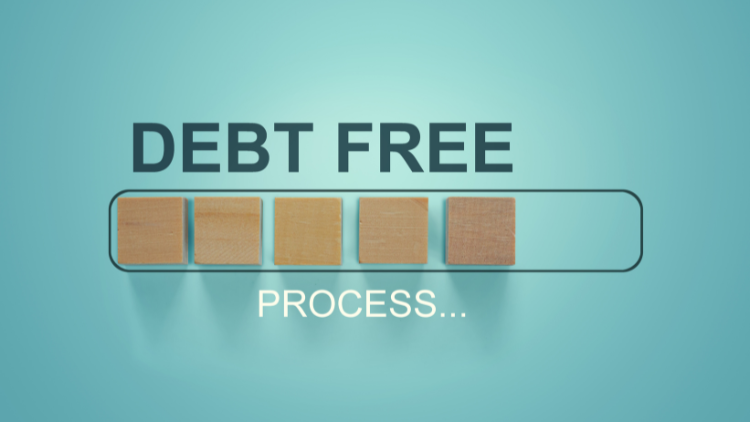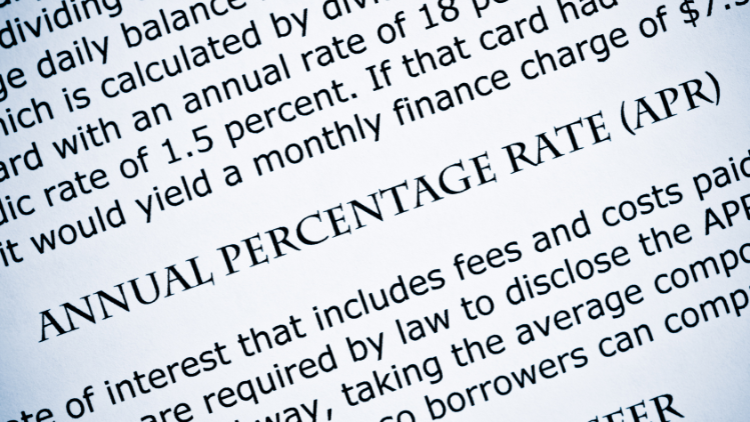Being in high-interest credit card debt can feel like trying to run up a down escalator. You’re working hard, making your payments every month, but the combination of a high balance and a steep interest rate means you barely make any progress.
For every step you take forward, the moving stairs of interest feels like it pulls you right back down.

It’s a frustrating cycle. But what if you could just… stop the escalator?
That’s exactly what a 0% APR balance transfer credit card does. It’s not magic—it’s a strategic financial tool that stops interest charges for a set period, allowing every single dollar of your payment to go directly toward what you actually owe.
This simple move can help you get out of debt months, or even years, faster while saving you a significant amount of money.
What is a 0% APR Balance Transfer?
A balance transfer is exactly what it sounds like: you are moving your existing, high-interest debt from one credit card to a new card that offers a 0% introductory Annual Percentage Rate (APR) on transferred balances.

This promotional period, which can range from 12 to even 21 months, is a grace period where the bank agrees not to charge you any interest on the debt you moved over.
During this time, 100% of your payments (above the minimum) goes toward reducing your principal, dramatically accelerating your payoff journey.
The Power of 0% APR: A Real-World Example
Let’s see the math in action. Imagine you have a $5,000 balance on a card with a 22% APR.

- Scenario A (Without a Transfer): You decide to pay $200 a month. Because of the high APR, a huge chunk of your initial payments goes to interest. It would take you 35 months to pay off the debt, and you would pay a staggering $1,885 in total interest.
- Scenario B (With a Balance Transfer): You’re approved for a card with a 15-month 0% APR offer and a 3% balance transfer fee.
- The 3% fee on $5,000 is $150. Your new starting balance is $5,150.
- To pay it off in 15 months, you divide $5,150 by 15. Your new monthly payment is $344.
- At the end of 15 months, you are completely debt-free. The total cost of borrowing was just the $150 transfer fee.
By using the balance transfer, you got out of debt 20 months faster and saved over $1,700.
Your 4-Step Playbook for a Successful Balance Transfer
Ready to stop the escalator? Follow these steps carefully.
Step 1: Check Your Credit Score
Balance transfer offers are typically reserved for applicants with good to excellent credit (generally a score of 670 or higher). Before you apply, check your score to see where you stand. You can get your credit reports for free from AnnualCreditReport.com.
Step 2: Find the Right Card & Do the Math
Look for a card with two features: the longest possible 0% intro period and the lowest possible balance transfer fee (usually 3%, but some are 5%). Before you apply, calculate the fee and make sure the interest you’ll save is significantly more than the fee you’ll pay. The CFPB has resources to help you understand the terms.
Step 3: Apply and Request the Transfer
You can usually request the balance transfer during the application process itself. You’ll need the account number and the exact amount you want to transfer from your old card. One key rule: you generally cannot transfer a balance between two cards issued by the same bank.
Step 4: Create a Payment Plan and Stick to It!
This is the most critical step. Once the transfer is complete, divide your new total balance (including the fee) by the number of months in your 0% APR period. This is the amount you must pay each month to be debt-free before the promotion ends. Set up autopay for this amount immediately.

Potential Pitfalls to Avoid
This strategy is powerful, but you need to be aware of the rules of the game.
- The “What Happens After” APR: After the 0% period ends, the regular APR will kick in, and it’s often very high. The goal is to have a $0 balance by that time.
- Don’t Add New Debt: Avoid making new purchases on your balance transfer card. This can complicate your payments and distracts from the primary mission: eliminating the old debt.
- The Transfer Isn’t Instant: A balance transfer can take anywhere from a few days to a few weeks. Continue to make minimum payments on your old card until the transfer is fully confirmed on both accounts.
A 0% APR balance transfer isn’t a magic solution to debt, but it is an incredibly effective strategy. It’s your chance to pause the interest, take control of your payments, and finally reach the top of that escalator.
Frequently Asked Questions (FAQ)
Can I transfer a balance that is higher than the new card’s credit limit?
No. You can only transfer an amount up to the credit limit you are approved for on the new card. If your debt is $8,000 but your new limit is $6,000, you can only transfer $6,000.
What’s the difference between a 0% APR on purchases and on balance transfers?
They are two separate offers that a card might have. If your goal is to pay off existing debt, you must make sure the card you choose has a 0% introductory APR that applies specifically to balance transfers.
WalletAware shares education, not individualized financial advice. Always confirm current terms on the issuer’s site before applying.